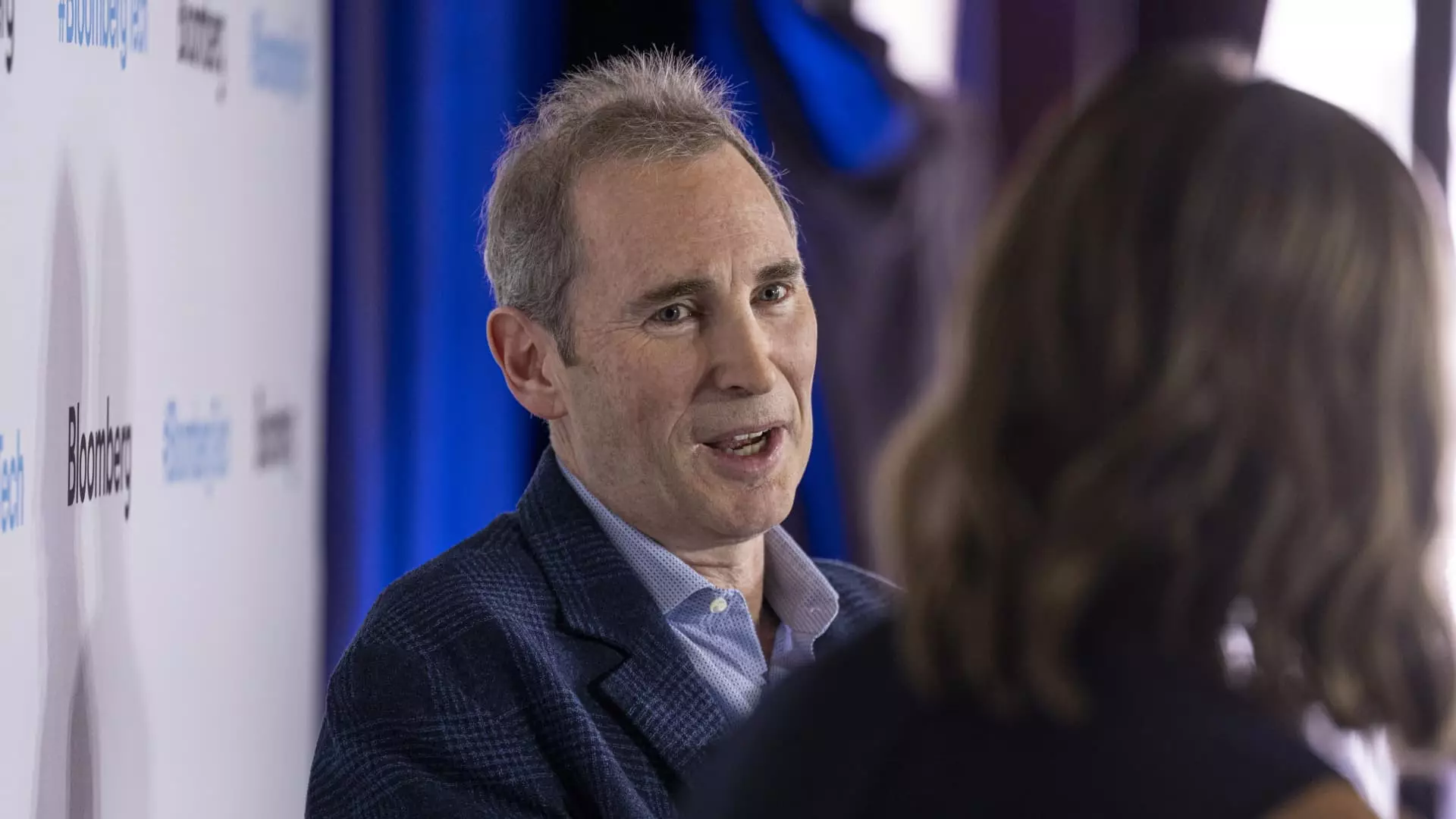Amazon’s stock experienced a notable spike of 6% on Friday, reaching a price point just shy of its all-time high. This surge was largely fueled by the company’s recent earnings report, which showcased surprising growth in both their cloud computing and advertising sectors. With shares closing at $197.93, Amazon’s stock has climbed approximately 32% so far this year, demonstrating significant market confidence in the tech giant. This level of growth is impressive, especially considering the competitive landscape of the tech industry, where many companies are vying for investor attention.
In the latest quarter, Amazon reported a revenue increase of 11%, bringing in $158.9 billion, which surpassed analysts’ expectations of $157.2 billion. Furthermore, their earnings per share also exceeded estimates, reaching $1.43 compared to the anticipated $1.14. Such positive financial indicators not only reinforce Amazon’s robust business model but also indicate effective management strategies that have capitalized on the evolving digital marketplace.
The performance of Amazon Web Services (AWS) is particularly noteworthy, as the cloud division saw a 19% increase in sales, totaling $27.4 billion. Although this marks an acceleration from 12% growth the previous year, it positions AWS behind competitors such as Microsoft’s Azure and Google, which saw substantial increases of 33% and 35%, respectively. This raises questions about Amazon’s capacity to keep pace with the rapidly advancing cloud market, where innovative strategies and investment in technology may be crucial for maintaining its leadership position.
One of the critical aspects of Amazon’s recent performance is the considerable increase in capital expenditures, which surged 81% year over year to reach $22.62 billion. This investment primarily aims at bolstering their technology infrastructure, particularly in data centers and advanced hardware like Nvidia processors. The CFO, Brian Olsavsky, indicated that this capital expenditure is a strategic move to address the rising demands of a tech-driven world.
Anticipating the future, CEO Andy Jassy highlighted that Amazon plans to allocate approximately $75 billion toward capital expenditures in 2024, possibly increasing further. With generative AI at the forefront of their operational strategy, this investment appears to be a bold attempt to harness emerging technologies that could redefine their service offerings. Jassy describes this influx of resources as a “once-in-a-lifetime opportunity,” which could suggest a high-risk, high-reward approach to investing in innovation.
In addition to cloudcomputing, Amazon’s advertising segment has emerged as a significant growth engine. The advertising division generated $14.3 billion in sales, marking a robust 19% increase from the previous year. This growth rate mirrors that of Meta, which reported a comparable 18.7% increase, while still outpacing Google’s 15% rise in ad revenue. This success in the advertising space signifies Amazon’s ability to diversify its revenue streams, reducing dependency on retail.
Investor sentiment remains positive, as evidenced by analysts maintaining a buy rating on Amazon’s stock following the earnings report. This optimism is bolstered by Amazon’s ability to integrate cutting-edge technologies, such as artificial intelligence, within its expansive tech ecosystem that includes e-commerce, subscriptions, and online video services.
Despite the positive momentum, Amazon’s guidance for the upcoming quarter reflects some caution. The company forecasts revenue between $181.5 billion and $188.5 billion, indicative of a projected year-over-year growth rate of 7% to 11%. Notably, the midpoint figure of $185 billion falls short of the average analyst estimate of $186.2 billion, hinting at potential challenges ahead. This discrepancy may cause concern among investors, who typically prefer conservative yet achievable forecasts.
While Amazon has demonstrated considerable growth and resilience in its earnings, the competitive landscape and external challenges could pose obstacles. As the company continues to invest heavily in technology and innovation, stakeholders will undoubtedly be keenly observing how these strategic decisions influence future performance.

Leave a Reply